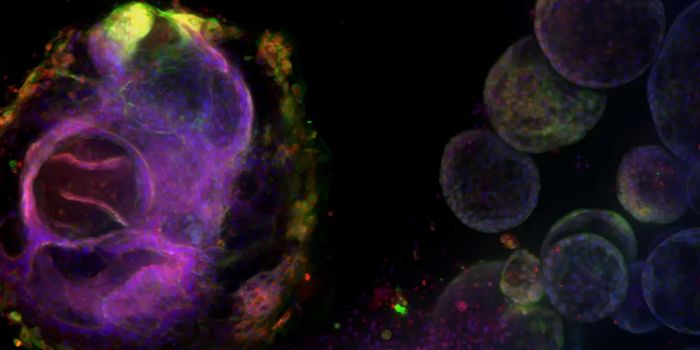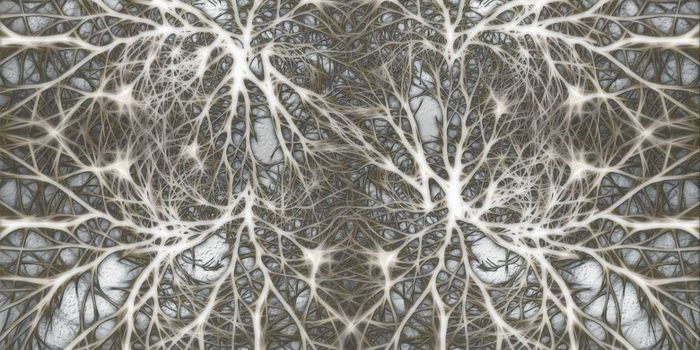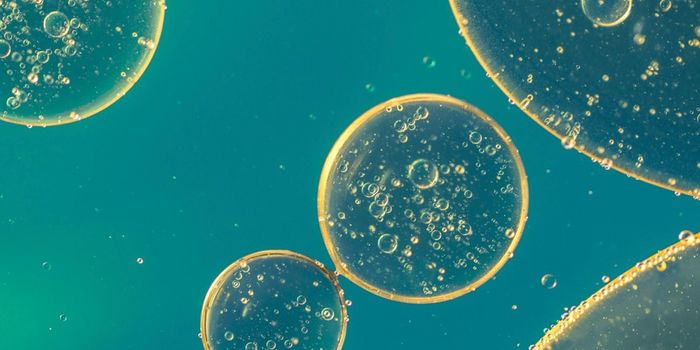New Mechanism of Cancer Cell Migration Discovered
Many cells have to be able to move around. During the normal development of an organism, cells are in a dynamic state and are often in motion. Cell migration is also a part of normal function and maintenance in living things. However, cancer cells are at their deadliest when they break away from a primary cancerous tumor and move to other areas - when they metastasize. New work published in Science has revealed a previusly unknown type of cancer cell migration.
While it has been established that cellular features called clathrin-coated pits are involved in a process called endocytosis, in which stuff gets taken into a cell, this new research shows they have another role in cell migration.
Guillaume Montagnac, Inserm Research Leader at Gustave Roussy, worked in collaboration with the Institut Curie and the Institut de Myologie (Myology Institute) on this research.
“Up till the present, we knew that the cell relied on certain structures to anchor itself within its environment. We have now identified new cell structures known as clathrin-coated pits, already known to be important for other cell functions. The cancer cell uses them as hooks to attach to other structures in order to move around, These novel structures underlie some 50 percent of cell adhesion to surrounding structures," explained Guillaume Montagnac.
Clathrin pits were discovered in 1964, and like their name suggests, they are small invaginations on the membrane of a cell, and they also aid in cell renewal. They are critical to the uptake of vital nutrients like iron and cholesterol that have roles in essential cell function.
As shown in the video, the scientists have utilized fluorescence techniques to illustrate the mechanism. An aggressive cell line, human breast cancer that is remarkable for its pronounced propensity for metastasis, has been used to demonstrate how the clathrin pits attach to collagen fibers, surrounding them. The fiber gets squeezed by the pit and the hold is strengthened, thus allowing for movement. In the video, a breast cancer cell is shown with actin stained red and indicating migration, while the clathrin pits are shown in green and the collagen fibers are blue.
"Our Gustave Roussy team is one of the few with an interest in cell membrane dynamics when the cell is placed in three-dimensional matrices under conditions close to normal ones. By studying these clathrin pits in three-dimensions we were able to see the phenomenon when we were not expecting it," concluded Guillaume Montagnac.
Clathrin pits can also be seen in this short video, from unrelated research.
Sources: AAAS/Eurekalert! via Comprehensive Cancer Center Gustave Roussy, Science








